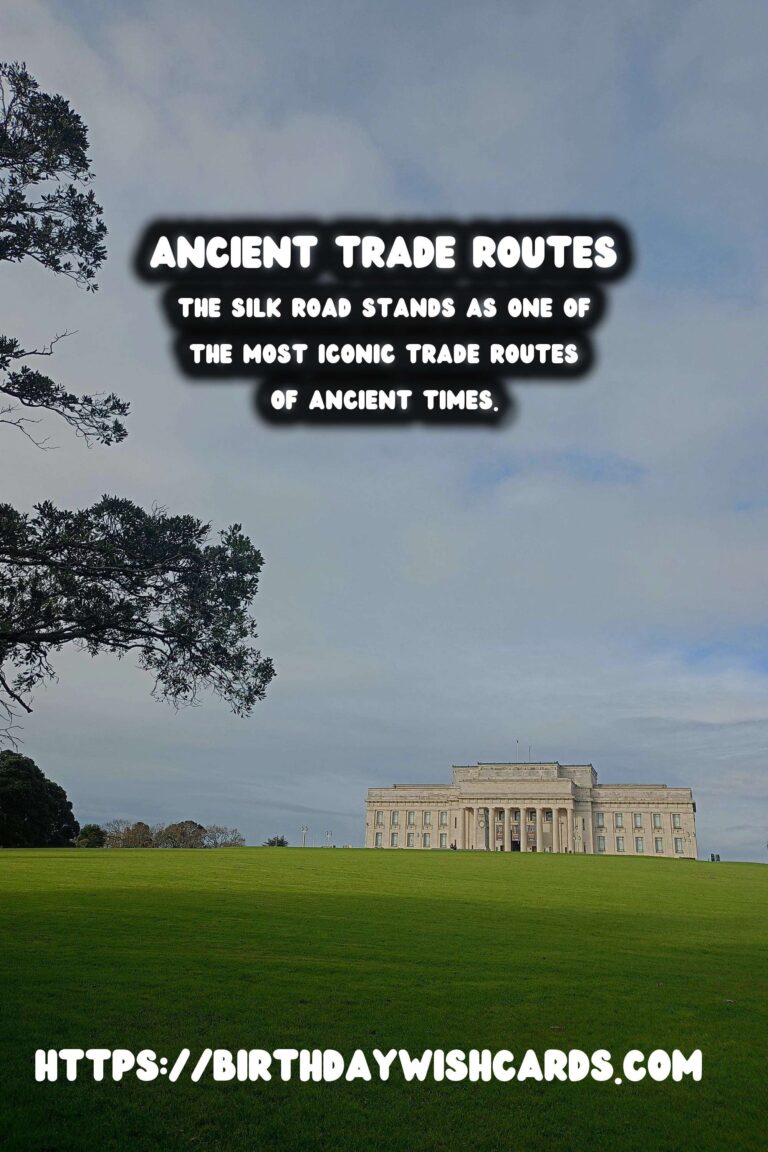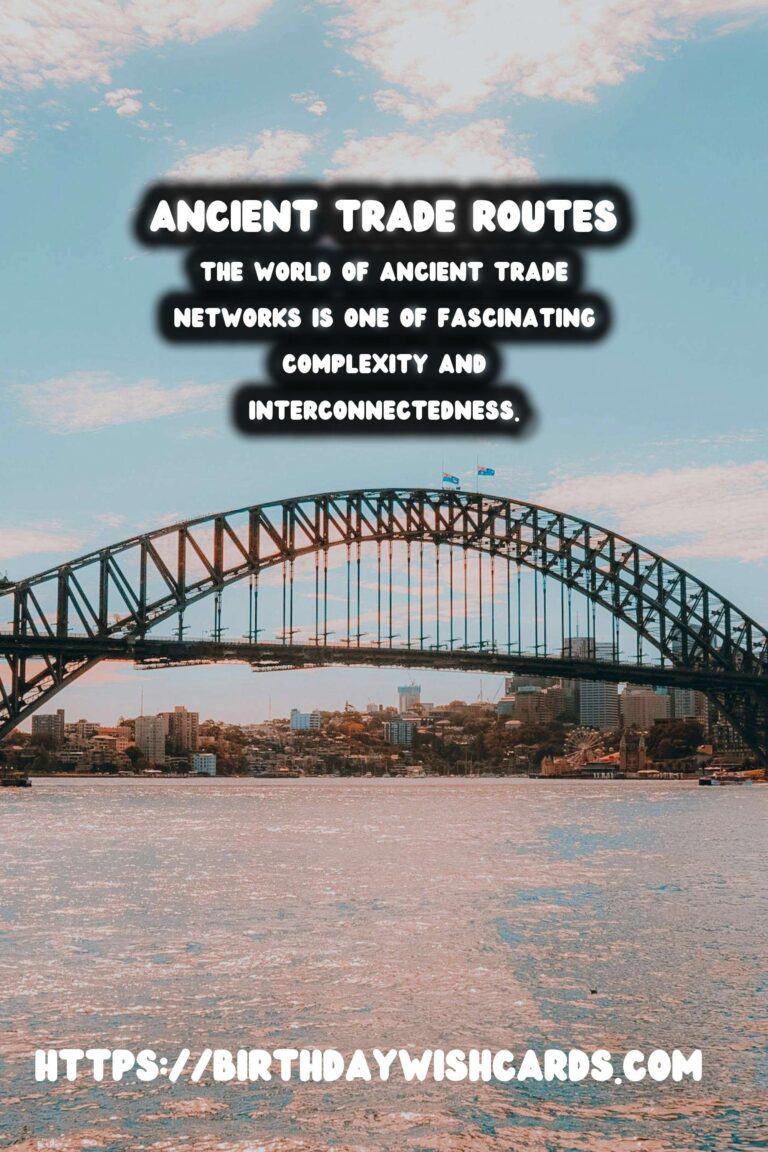
The world of ancient trade networks is one of fascinating complexity and interconnectedness. Before the invention of modern transportation, civilizations relied heavily on road networks to establish economic, cultural, and political links. These ancient routes significantly shaped the development of societies, enabling the exchange of goods, ideas, and culture across continents. The exploration of these intricate networks reveals a tapestry rich with history and insight into the dynamics of ancient commerce.
The Silk Road: An Artery of Ancient Trade
The Silk Road stands as one of the most iconic trade routes of ancient times. Stretching from China to the Mediterranean, this vast network facilitated the exchange of silk, spices, tea, and other luxury goods. It was not merely a single path but a collection of several interconnected routes. Beyond trade, it served as a conduit for the exchange of knowledge, religion, and technology, playing a crucial role in shaping civilizations across Asia, Africa, and Europe.
Caravans traversed the challenging terrain of deserts and mountains, stopping at caravanserais that provided safety and rest for weary travelers. These rest stops became melting pots of different cultures, where languages and customs mingled, spreading new ideas and innovations.
The Roman Roads: Engineering Marvels
The Romans were renowned for their sophisticated road systems, which spanned their expansive empire. Roman roads were engineered to be durable and efficient, enabling swift movement of troops, trade goods, and information across their territories. These roads were straight, expertly constructed, and often paved with stone, a testament to Roman engineering prowess.
The famous Appian Way, or Via Appia, is one such road that connected Rome to southern Italy. These roads not only facilitated economic prosperity but also helped in the Romanization of conquered lands by spreading Roman culture and administration practices.
Trade Routes in Africa: Trans-Saharan and Beyond
Africa hosted some of the most significant trade routes that contributed to its rich historical tapestry. The Trans-Saharan route, for instance, connected North Africa with sub-Saharan Africa. This route was pivotal for the exchange of salt, gold, and ivory, commodities that were highly prized in ancient economies.
Several kingdoms and empires such as the Mali Empire thrived due to their strategic positions along these routes. The famed city of Timbuktu emerged as a center of learning and commerce, highlighting the importance of these trade connections in shaping Africa’s historical legacy.
The Incense Route: Scented Wealth
Spanning the Arabian Peninsula, the Incense Route was established primarily for the trade of frankincense and myrrh, precious resins used in religious and cultural ceremonies worldwide. This route linked the Arabian Peninsula with the Mediterranean world, traversing difficult terrains like the Rub’ al Khali desert.
Arabian merchants played a critical role in facilitating trade across this route, which also connected with the broader network of the Silk Road. The trade of incense not only enriched Arabian societies but also influenced religious practices in Europe and Asia.
The Impacts on Modern Trade and Culture
Ancient road networks laid the foundations for modern trade routes and relationships. They established early forms of globalization, promoting cultural exchanges that resonate to this day. The foods, fabrics, and ideas exchanged in ancient times continue to influence contemporary society, from culinary practices to philosophical thought.
Understanding these routes’ historical impacts offers valuable lessons in cultural sensitivity and historical awareness, underscoring the importance of connectivity and exchange in shaping societies.
The world of ancient trade networks is one of fascinating complexity and interconnectedness. The Silk Road stands as one of the most iconic trade routes of ancient times.
#TradeRoutes #AncientHistory

